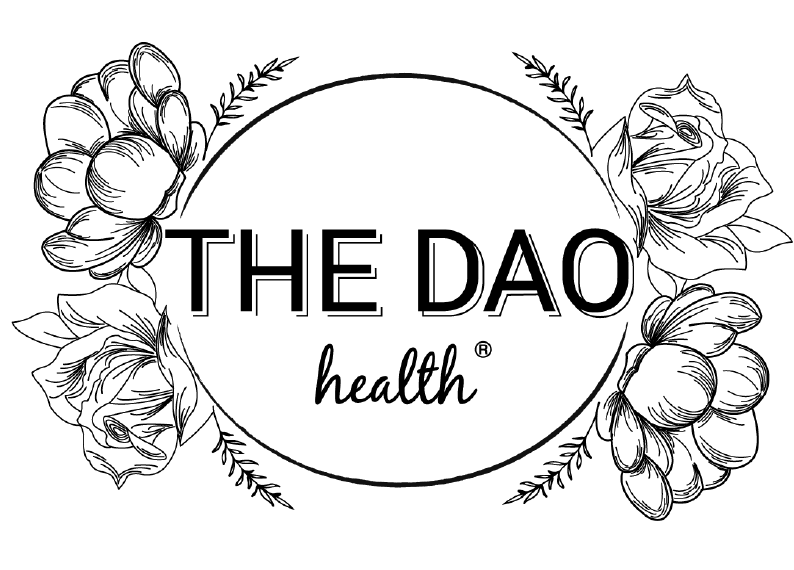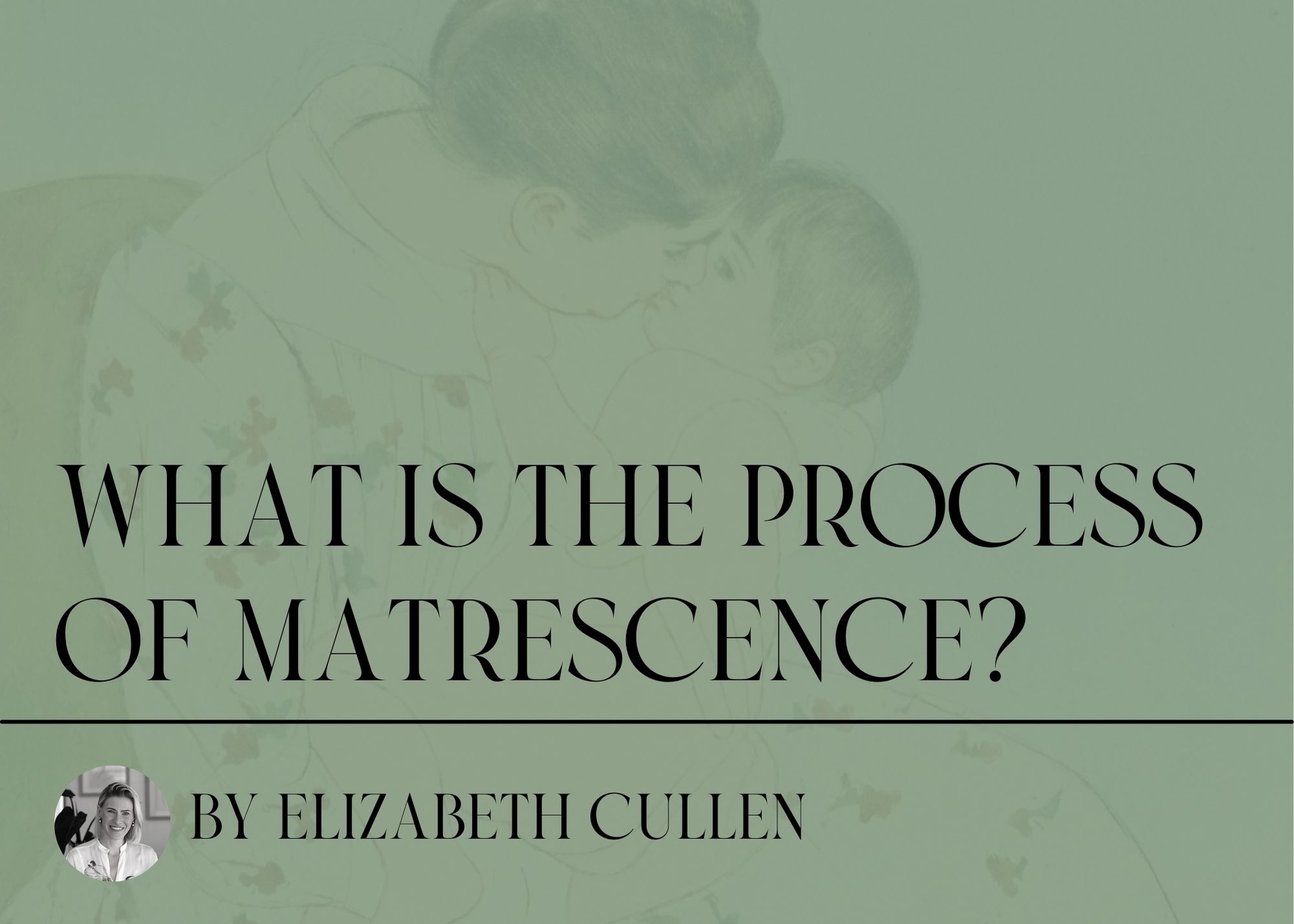The Dao Does… What is the process of Matrescence? ~
The process of Matrescence
A concept conceived by anthropologist Dana Raphael in the 1970’s, the term Matrescence is used to describe the process of a woman’s transition into Motherhood. Similar to the term Adolescence which represents the period of development from Childhood to Adulthood, Matrescence highlights not only the physical experience of conception to birth but also the birth of the mother and the physical, emotional and psychological changes involved that occur to a women through this process.
During Matrescence, a woman goes through various physical changes as her body adapts to pregnancy, childbirth and postpartum recovery. Additionally, there are significant emotional, psychological, spiritual, and social shifts as the woman takes on the new role of a mother bringing changes in identity, priorities and relationships.
Each woman’s journey into motherhood is unique and the process of Matrescence does not occur overnight, it is a slow process that continues well after the birth of the baby. The process encompasses a wide range of experiences through the adjustment of motherhood from joy and fulfilment to postpartum depletion. Matrescence is a process that can take time to adjust to and it is a crucial time when the mother needs her village to support her through this transformative period.
Honouring the process of Matrescence
The rite of passage of Matrescence emphasises the need for societal recognition and support for women as they undergo these profound changes through one of the most significant life events, that goes beyond the physical changes of pregnancy and birth.
The concept of Matrescence highlights the need to support mothers in the postpartum period in our modern-day lives in the West. With minimal previous research, there is growing interest to explore the psychology of mothers and maternal development as they enter motherhood. Australian Functional Medicine GP Oscar Serrallach has raised awareness about the vital need to support women in the postpartum period and his book, The Postnatal Depletion Cure by Oscar Serrallach book is a helpful resource.
To support our mothers through Matrescence, we can learn a lot from Eastern cultures and how they have supported new mothers for many thousands of years, emphasising long-term well-being. In Jenny Allison’s book, The Golden Month she shares postpartum cultural practices across the world. One example of an ancient Eastern practice is in China with Traditional Chinese Medicine practices emphasising how crucial a mother’s recovery is post-birth by resting and ‘Sitting the month’ in the fourth trimester.
Sitting the Month
An example where the mother is honoured through the process of Matrescence post birth is in Traditional Chinese Medicine. Historically in China and in Traditional Chinese Medicine, the first month after giving birth is crucial to the immediate and future health of both mother and baby. It is a time to rest, recuperate, and be supported. It is a time when the Mother is honoured for her pregnancy, birth and future fertility.
The practice is traditionally known as ‘Sitting the month’ or the fourth trimester. Originally, sitting for a month was what a mother in China would do. She would be confined inside her home, away from the wind and cold, limiting socialising and encouraged to rest to fully recover.
The mother would be supported 24 hours a day with meals, massage, and abundant support for the baby. Surveillance that the mother would be following these guidelines would be by her mother or mother-in-law to ensure her recovery and future longevity. Sitting the month is still encouraged culturally in China with fourth trimesters in China available in a confinement hotel.
In addition to rest and support, Acupuncture, Moxibustion therapy, Chinese Dietary Therapy and Postpartum nutrition all support the mother to replenish her stores and her ability to recover both physically and emotionally.
From a Chinese Dietary Therapy lens, the postpartum diet should focus on nourishing Yin, Blood, and Qi and the way the food is prepared should be considered. In Postpartum care, we are supporting the body to be warm which involves cooking foods by using a slow cooker, boiling and roasting foods rather than eating raw foods. This is a practical way that new mothers can be supported by their village.
A recipe I recommend to all mother’s postpartum is a Chinese herbal medicine chicken soup which I suggest preparing in the final weeks of pregnancy, freezing and consuming from day one of postpartum. From my own experience, the soup can be made again and again through the postpartum period at any time that mother’s begin to feel deplete.
I discuss the fourth trimester and supporting the mother post-birth further on the Integrating Chinese Medicine podcast.
The difference between Matrescence and Postpartum Depression
The process of becoming a mother is a significant life event and one of major adjustments for both mother and partner. If you are experiencing symptoms such as ongoing anxiety, guilt and feelings of low mood and depression or, need more support for you and/ or your partner then I recommend reaching out to PANDA ( Perinatal Anxiety & Depression Australia ) via their website https://panda.org.au/ or, on their hotline 1300 726 306.
~
By Elizabeth Cullen
BHlthSc (TCM), MWomHMed

